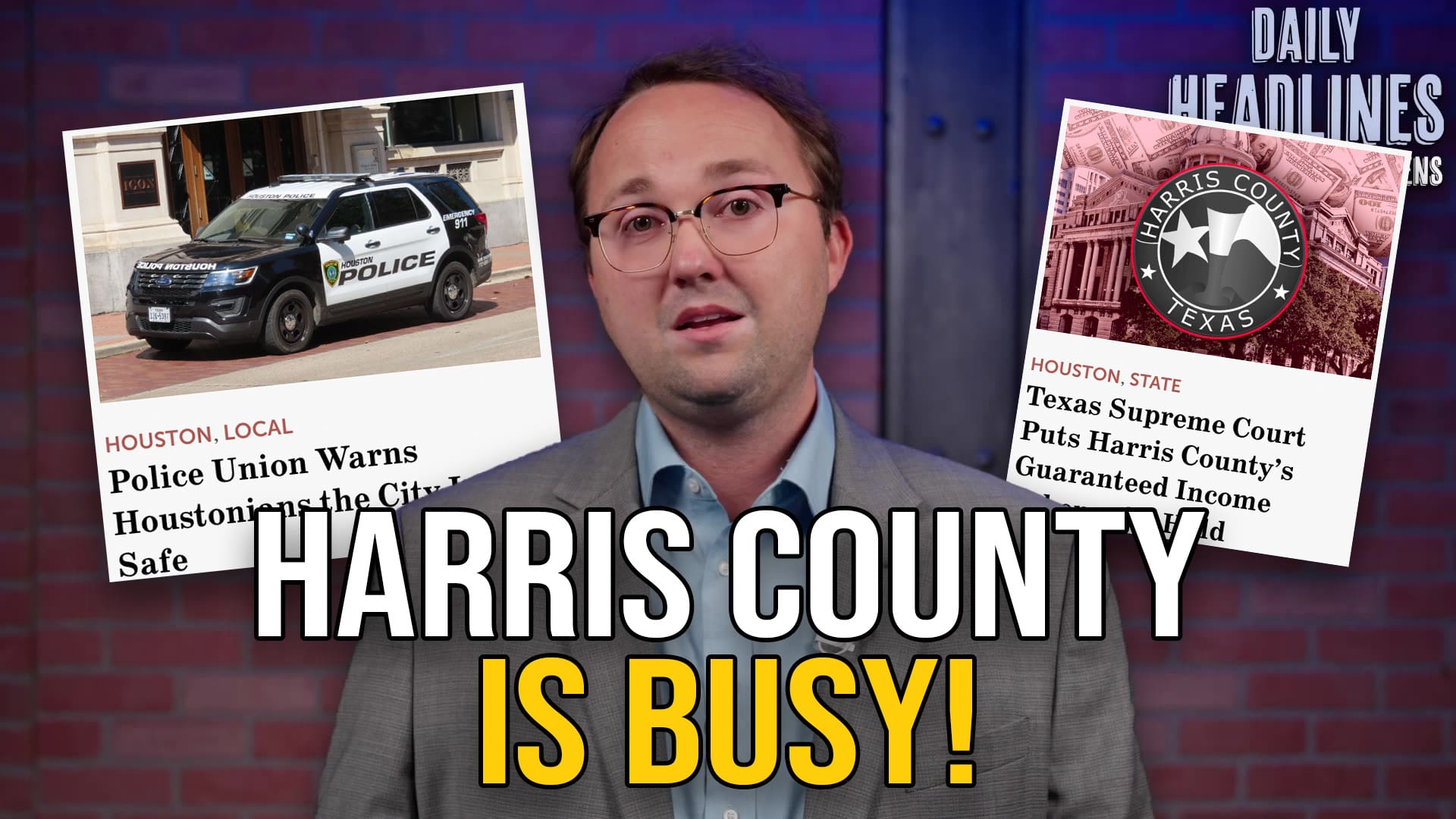Taxpayers within Katy ISD’s boundaries are probably feeling a case of déjà vu right now as the school board unanimously voted to call for a bond election this November making it taxpayers’ third bond election in four years.
Earlier this month, the board approved a 239-project, $609.2 million bond package that includes adding new facilities to existing buildings and constructing new schools. About three-quarters of the bond goes directly to these new schools, including the biggest item the district’s 11th high school, a $206.1 million project complete with big-ticket features like an attached “competitive-sized natatorium.”
That’s government-speak for a big swimming pool.

The bond proposal comes just three short years since the district asked voters to approve a $750 million bond in 2014, the district’s largest ever. That bond election came only a year after the district asked voters to approve a $100 million bond, which they rejected.
Similar to this new bond, the 2014 bond was going to fund six new schools, renovations, and upgrades, but it also included a 12,000 seat stadium with a price tag of $58 million. That stadium opened just last week, but between breaking ground and the grand opening the price soared from $58 million to $70 million, as taxpayer-funded projects tend to do.

Of course, the district is claiming there will be no tax rate increase. Their claim is likely true, however it’s dubious. Due to skyrocketing appraisals, Katy ISD will still bring in more tax revenue and taxpayers will still pay higher property taxes despite the tax rate remaining the same.
Look at 2016, for instance. Then, the district patted themselves on the back for decreasing the tax rate by $.01 from the previous year. At the same time, the total assessed value for the district increased by 15%, so even though the district decreased its rate they still collected $59.1 million more from taxpayers.
To be fair to the school board, Katy ISD is a fast growing district and Katy has been named one of the fastest growing towns in the country, and expansion is likely necessary to accommodate the growth.
However, foregoing expenses like massive and overpriced mega-stadiums or “natatoriums” would not negatively impact the quality of education delivered by KISD and would give taxpayers a break after repeatedly being hit up for more money whether in the form of a bond or an appraisal increase.
If these bond projects are anything like the last, costs are sure to grow between the time they break ground on these projects and complete them, and district taxpayers need to heavily consider that when voting this Fall.
The election will be held on November 7.




